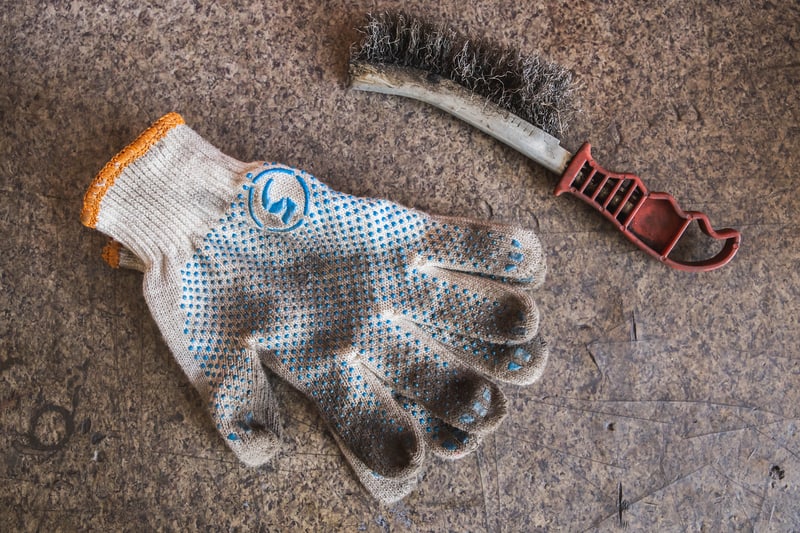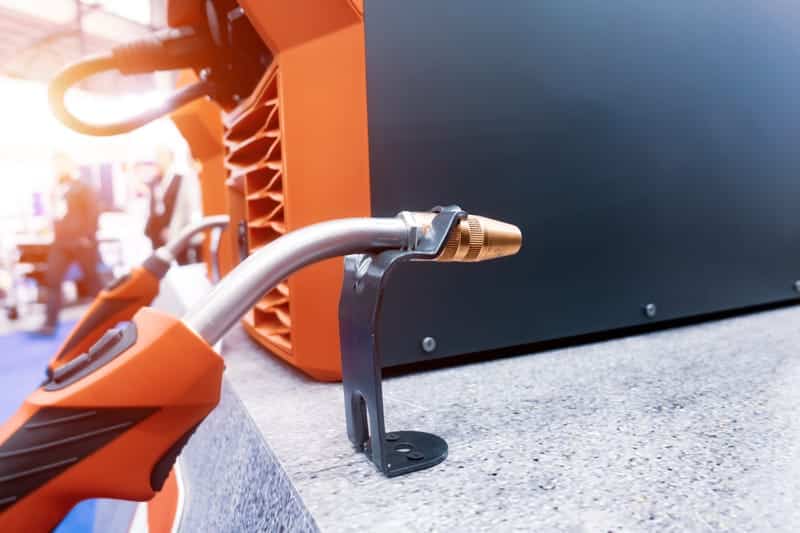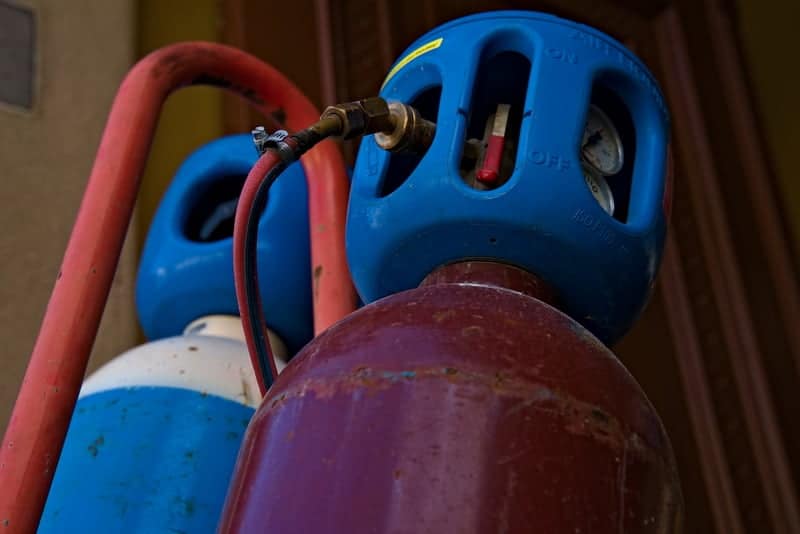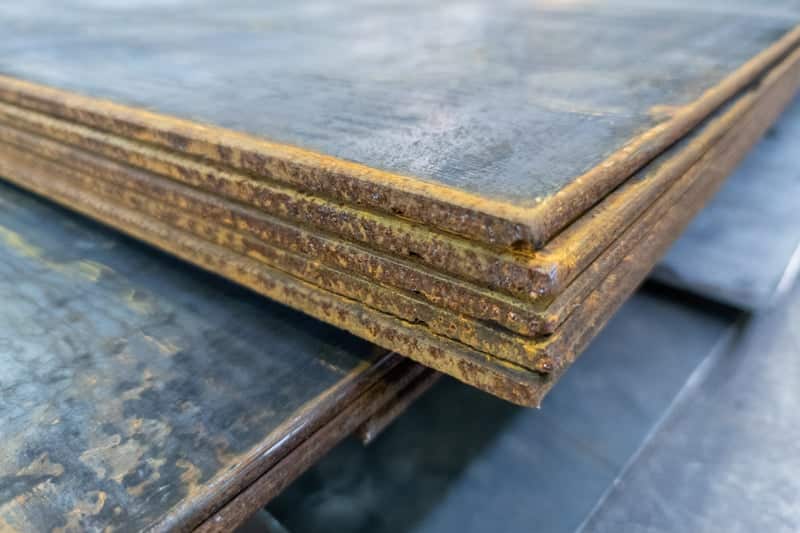“This post contains affiliate links, and I will be compensated if you make a purchase after clicking on my links.”
The semi-automated nature of MIG Welding makes it advantageous for every novice welder out there. Aside from the fact that it requires only a bit of training, knowing how to set the right amps according to the type and thickness of each metal is the secret to achieving optimal results.
Here is a chart that summarizes the MIG welding amps according to the three most common types of metal and their thickness:


There might be variations with the settings depending on the manufacturer. Thus, it’s important to check with what the manufacturer recommends first before referring to the chart above. Most manufacturers plaster these at the side of the machine. Moreover, there are certainly other factors that may affect your settings. If you want to learn more, you should read further.
Other Factors that Influence MIG Welding Settings
Besides thickness and amp, there are other factors to consider:
Proper Metal Preparation

Before starting to weld, it’s important to clean the surface of the metal using a brush or grinder to prevent the MIG wire from deteriorating faster due to rust, oil, and stain.
Proper Equipment Preparation

When preparing your equipment, it’s important to check the wiring for any damage. Do not proceed with welding until the wiring is fixed.
Check the gas flow to make sure that there are no leaks by setting the rate to 20 cubic feet per hour. One way to check for leakage is to apply a soap suspension and look for bubbles.
Replenish consumables such as contact tips when needed.
What Type of Wire You Use
In MIG welding, there are two common classifications that you can choose from: ER70S-3 or ER70S-6.
- ER70S-3 or ER4043 are used for any type of welding.
- ER70S-6 is used for welding on steel that have not been cleaned out (rusty or dirty).
Wire diameter
0.030-inch diameter is the most commonly used wire due to its versatility dealing with various thickness of metals.
If you plan to weld thin metals, use a 0.023-inch wire.
The Type of Gas You Use

Depending on the metal being welded, you must also choose the appropriate type of gas that suits it. Refer to the chart above to determine the best gas mixture and the voltage.
The Type of Transfer You Use
In MIG welding, there are four types of transfer: Short Circuit Transfer, Spray Arc Transfer, Globular Transfer, and Pulse transfer.
The two most common types are the first two mentioned. Short Circuit Transfer is typically used for metals of thinner thickness, whereas Spray Arc Transfer is used for thicker metals.
If you look at the chart, those shaded in green uses a Short Circuit Transfer, whereas those in orange uses a Spray Arc Transfer.
It’s important to follow the recommended type of transfer to be able to produce a good output.
Conclusion
MIG Welding requires many factors involved to achieve proper welding techniques. Always refer to what the manufacturers say. However, the chart above should give novices welder a general idea of what the configurations should be.
Sources
Mig Welder Settings for Various Metal Thicknesses | Portable MIG Welders (portablemigwelders.com)
Metal Thickness & Amperage Settings | Portable MIG Welders (portablemigwelders.com)
MIG Welding Settings Explained | Rate My Welder (ratemywelder.com)
MIG (Solid Wire) Welding Calculator | Miller Electric Mfg. LLC (millerwelds.com)
MIG Welding: The Basics for Mild Steel | Miller Electric Mfg. LLC (millerwelds.com)
Mig Welding Transfer Methods | A.E.D. Motorsport Products (aedmotorsport.com)




